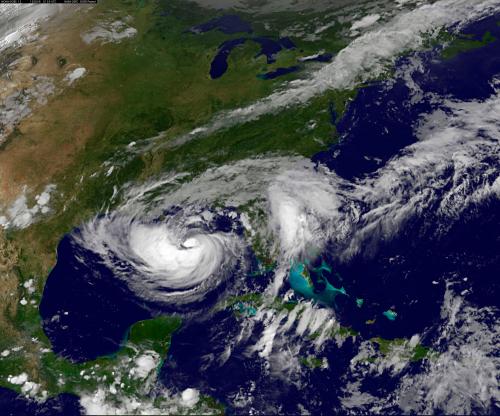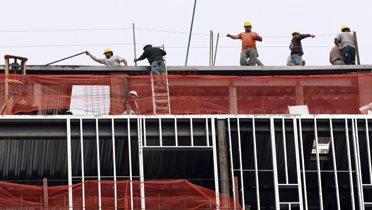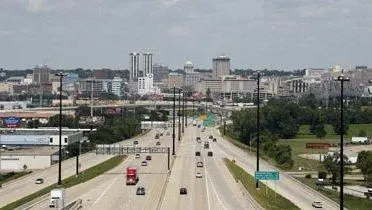Even though Hurricane Hermine dominated news cycles at the end of August, Louisiana’s floods earlier this month were both deadlier and costlier. These events, however, were just the latest in a string of 18 major floods hitting Louisiana, Texas, Arkansas, and Oklahoma since 2015 alone. As many communities face a long, difficult recovery process, local and state leaders are confronting an unfortunate choice: to rebuild quickly or rebuild better.
Disasters frequently compel residents and businesses to demand infrastructure be rebuilt in a way that make future failures less likely. For instance, the phrase “build back better” became the motto for the rebuilding efforts after Superstorm Sandy in 2012, as public leaders along the East Coast searched for ways to make their communities more resilient. Similarly, just a few weeks since the floodwaters have receded in Louisiana, calls have risen to “build back better.” Residents argue, if highways and streets need to be repaired, shouldn’t they be built to absorb water and mitigate flood damage?
The logic behind pursuing this approach seems obvious, but it has proven difficult to implement. In July 2016, for instance, the former head of New York Mayor Michael Bloomberg’s Housing Recovery Operations labeled the metro area’s recovery effort a categorical failure. That is because years after Sandy hit only a handful of “better” resilient infrastructure projects, including dune restorations and other coastal improvements, had actually been built. Even innovative recovery programs like Rebuild by Design (RBD) – focused on collaborative solutions to boost resilience – encountered this same slowdown: four years after RBD’s inception, many projects are still years away from completion.
Speed is essential for effective disaster recovery. Before residents can return to their homes and offices, lights must be on, water needs to be potable, and roads need to be navigable. If the human and economic tolls of a disaster are to be minimized, recovery decisions need to be made efficiently. So how can places like Louisiana build back both better and faster? By anticipating what should be built before disaster hits, regions can be better equipped to withstand shocks and maintain durable growth.
Traditionally, municipal leaders, including those who guide land use, transportation, and other utility decisions, look to implement new technologies and drive new investments when they are about to rebuild an aging or failing infrastructure system. Disasters are similar in this respect – albeit more extreme – when it comes to replacing several infrastructure assets at the same time. The process, however, of identifying the most relevant resilience solutions and cutting-edge infrastructure technologies is typically opportunistic and slow.
According to a study by the Agile Cities Initiative, most cities hire expensive consultants or attend trade fairs and conferences in order to identify solutions. Communities with limited resources often end up calling neighboring cities for advice and resorting to Google. This lack of efficient sourcing means that after a disaster strikes, most communities reach for familiar and less customizable solutions.
If our communities are to become stronger, smarter, and more resilient in the face of disasters, they cannot be forced to choose between building back quickly and building back better.
Recognizing this false choice is the first step. In 2014, President Obama announced the White House Innovation for Disaster Recovery and Response to drive new strategies that pair both disaster recovery and preparedness. This initiative, moreover, spurred the development of new learning networks designed to streamline how experienced local leaders share best practices and tools – like the Atlas – to help jumpstart investments in resilience. Still, even with this influx of new support, there remains a big gap in identifying best practices and moving toward a procurement decision during the rebuilding process.
Disaster prevention and preparedness only work if they are grounded in action and investment. In order to build back better, leaders need actionable information about the types of investments they can make to keep storms from becoming disasters in the first place. Communities can’t wait as we collectively hold our breath through the end of 2016’s Atlantic hurricane season. Leveraging new public and private sector platforms and tools, communities in Louisiana and Florida can start working now to ensure speedy recoveries are also innovative and resilient ones.
The Brookings Institution is committed to quality, independence, and impact.
We are supported by a diverse array of funders. In line with our values and policies, each Brookings publication represents the sole views of its author(s).






Commentary
Building back better and faster: How post-disaster infrastructure rebuilds can become more timely and efficient
September 13, 2016